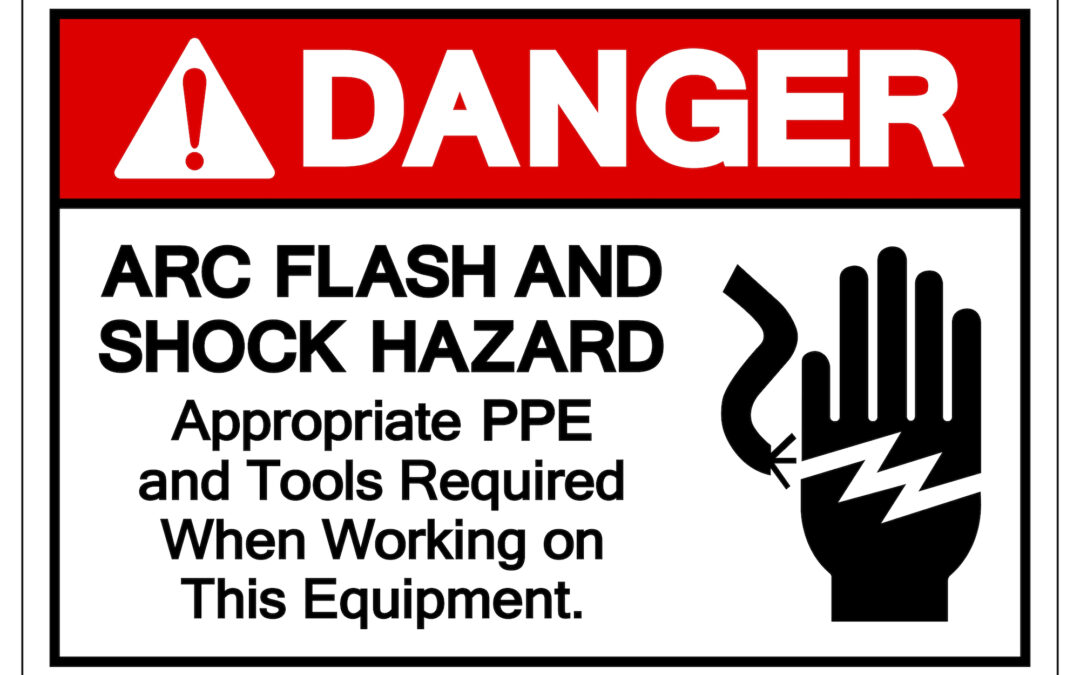Working around electrical equipment with exposed or live parts can be hazardous. Contact with energized parts can set off an arc flash and instantly generate an explosion releasing temperatures of up to 35,000 degrees Fahrenheit. An arc flash can cause injuries ranging from minor to severe burns and potential death. Injuries are not limited to burns but can include nerve damage, cardiac arrest, blindness, and hearing loss caused by pressure, sound, and intense light produced by the flash. Most of these accidents can be prevented by developing a preventive maintenance program, implementing control measures, and providing appropriate personal protective equipment and training.
Discussion Points:
• What is an arc flash?
• What causes an arc flash?
• Explain what to do in the event of an arc flash electrical emergency;
• Have you ever experienced an arc flash? What happened?
• What PPE is recommended for your job task?
Discussion:
An arc flash is a type of discharge or an explosion. An arc flash incident may be caused by equipment failure or unintentional contact between the energized conductor and another conductor or an earthed surface. The National Fire Protection Association Guidelines NFPA 70E requires employers to perform an arc flash risk assessment before allowing workers to perform tasks on energized equipment. The arc flash risk assessment identifies the location of potential hazards and non-compliance, and provides recommendations for boundaries for limited and restricted approaches, flash protection, safe work practices, and PPE.
Workers should be trained in the operation of electrical equipment. Training should be managed by personnel with appropriate experience and a thorough understanding of arc flash safety practices. The training should include an understanding of arc flash hazards, including flash protection boundaries, the use of warning labels, and personal protective equipment. Control measures should be implemented to reduce the risk of an arc flash hazard. The best control measure is to isolate the equipment before working on it. The most effective way to eliminate the risk of electrical shock or arc flash is to establish an “electrically safe work condition” by de-energizing the equipment or circuit. Access to these work areas should be restricted to authorized workers with the knowledge and experience to recognize the potential hazards; Work only with grounded tools and accessories, wear the appropriate PPE, and never work on an electrical circuit with the power on!
As always, be safe out there!


Recent Comments